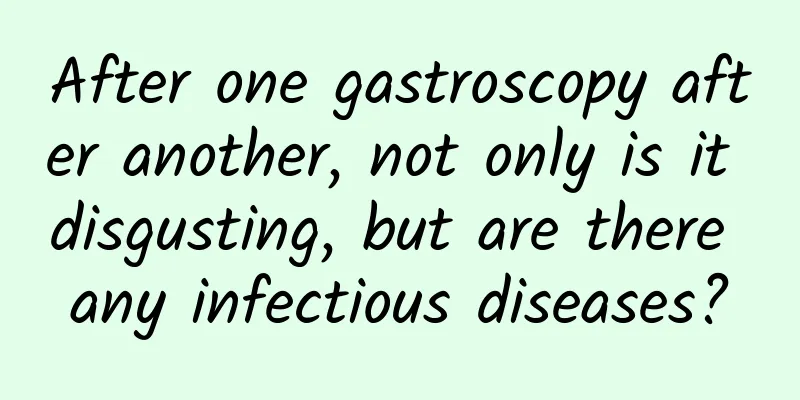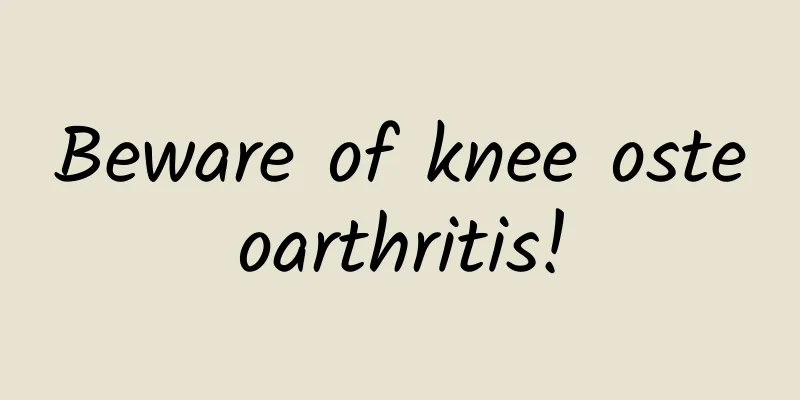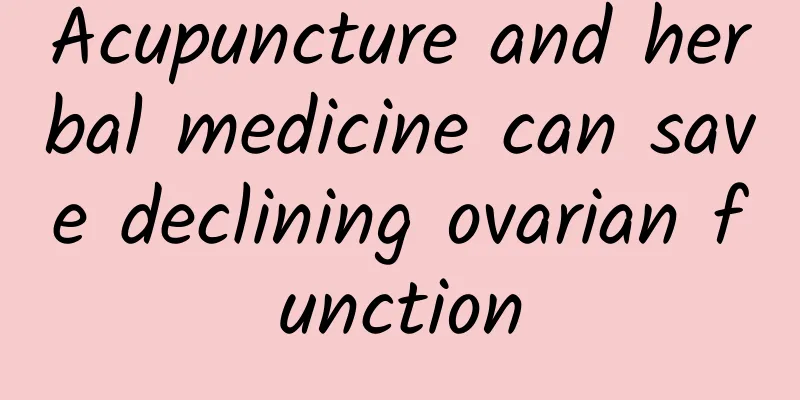Caesarean section scar has hard pimples

|
Caesarean sections will leave scars, which will not only affect the beauty of the skin, but may also cause infection and lesions, so we can use scar removal methods to eliminate scars. When hard lumps appear on the scar, it means that the wound is infected. At this time, we should disinfect and clean it. If there is secretion from the incision, we should seek medical attention in time and eat more protein to promote wound recovery. 1. Carry out disinfection and cleaning, and do not let the wound get wet. Mothers who have undergone cesarean section should follow the doctor's instructions and change the gauze and medicine on the incision regularly. When replacing it, first use a sterilized cotton ball dipped in 75% alcohol to wipe the area around the incision, then apply medicine and tie gauze. Do not get the wound wet before it heals, so it is best not to take a bath within 2 weeks after delivery to prevent water from contaminating the wound and causing infection and inflammation. You can wipe your body with a wet towel to relieve discomfort. 2. Eat more foods that are beneficial to wound healing. The healing of incisions requires a lot of nutritional support, so mothers who have undergone cesarean section must ensure that they have rich nutrition after delivery. The nutrients needed for wound healing are mainly protein, trace elements zinc, iron, B vitamins and vitamin C. Mothers can supplement them by eating the following foods: fish, chicken, eggs containing high-quality protein and B vitamins, kelp and fungus rich in zinc, apples, oranges, strawberries rich in vitamin C, etc. In addition, propolis capsules and pollen tablets can also help wound healing, so you can eat some of them appropriately. 3. How to deal with incision discomfort Mothers who have undergone cesarean section after delivery should pay attention to the incision. If there is a lot of exudate flowing out of the incision, they should tell the medical staff in time to deal with it. If you have been discharged from the hospital, you can drain the wound yourself with high-permeability saline gauze and flush it with saline, while increasing the frequency of dressing changes. If the exudation is severe, go to the hospital for treatment. It is normal for the incision to itch. Never scratch it with your hands. You can apply some anti-itch ointment around the incision to relieve the pain. The incision will begin to hurt after the anesthetic wears off, and the pain will not subside until 2-3 days later. If the pain persists and there are abnormal conditions, such as redness, swelling and heat of the incision, tingling when pressing the wound with your hand, and local fluctuations, it may be inflammation and suppuration, and you need to go to the hospital for treatment in time. |
<<: Leucorrhea pus cell positive
>>: Is cesarean section dangerous for gestational hypertension?
Recommend
Pain in the right inner thigh of a woman
A woman may experience pain on the inner side of ...
Popular Science | Learn about the important vitamin for the human body - Vitamin K
Vitamins are an essential topic when it comes to ...
How to treat uterine cold?
With the changes in people's lifestyles, the ...
The best time to soak your feet during menstruation
More and more people are beginning to pay attenti...
Seventeen weeks pregnant, stomach pain
If you have abdominal pain during the seventeenth...
The thickness of a woman's waist can tell her fortune in life
A perfect body is what every woman desires, but s...
Is it true that mold can never be cured?
Mold is a type of bacteria, and its characteristi...
Will the left ovarian cyst go away?
Whether the ovarian cyst will disappear depends o...
What does a positive test for fungus mean?
Because of the special structure of female reprod...
Do I need to be tested after getting the nine-valent vaccine?
The nine-valent vaccine is also a type of HPV vac...
Don't be afraid of bright red bleeding during pregnancy
Many people know that after a woman enters pregna...
What's wrong with vaginal tofu residue?
Women's health issues have always been a hot ...
Why is there hardness around the cesarean section incision?
Cesarean section is a common choice for many wome...
Why do people have hunchbacks? Can yoga help improve hunchbacks?
Hunchback not only affects one's body image, ...
How to remove pregnancy spots during confinement? How to remove pregnancy spots
Stretch marks refer to the spots that appear on t...









